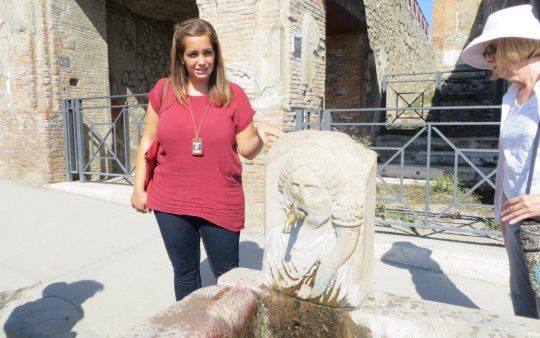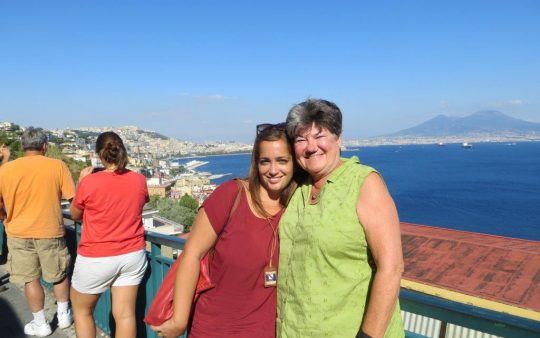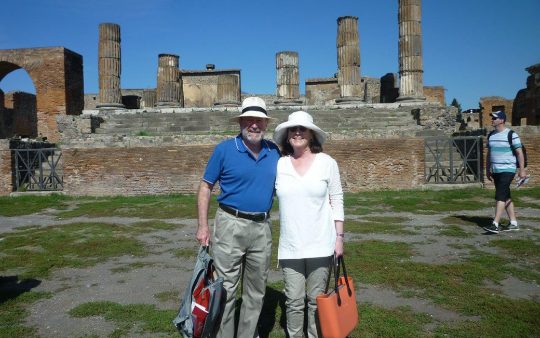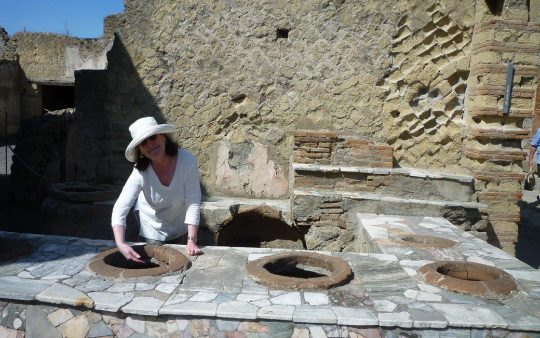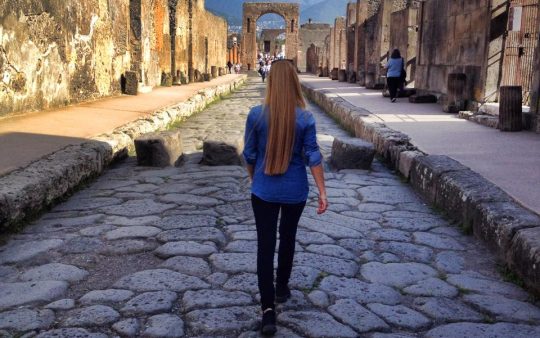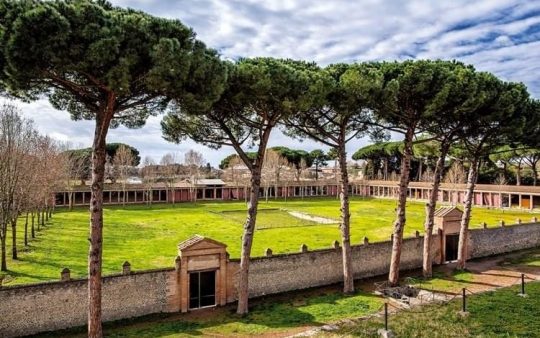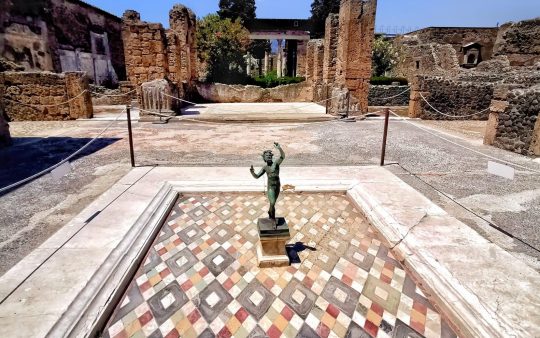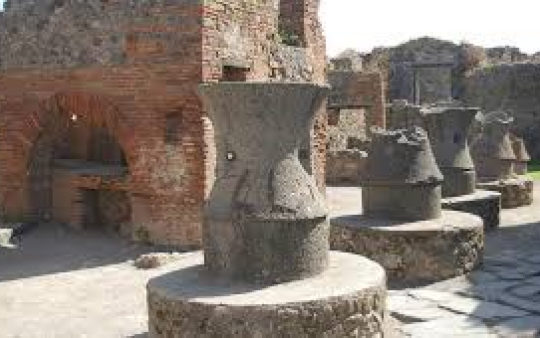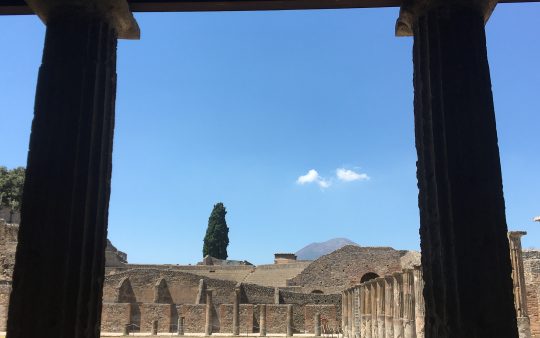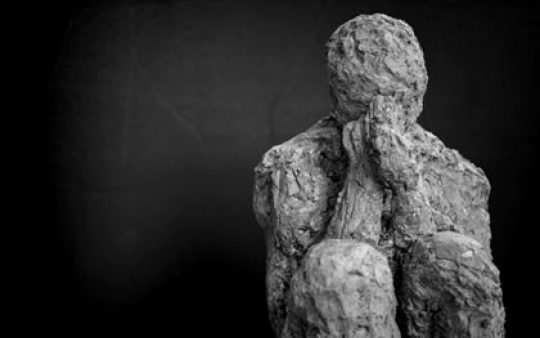Tour Description
A private guide will lead you to explore and experience what an everyday Roman town was like before being destroyed by volcanic ash.
WHAT TO EXPECT:
- A tailor-made guided tour with a local licensed guide
- A great overview of Pompeii of about 2 hours , covering all the site's highlights
Pompeii was a large Roman town in the Italian region of Campania which was completely buried in volcanic ash following the eruption of nearby Mt. Vesuvius in 79 AD, when the entire area went under a thick carpet of volcanic ash. Since1997 the archaeological area has been a UNESCO world heritage site.
The foundation:
According to ancient tradition, Pompeii was founded by the Osci in the 8th century BC, the city,in a dominant position on the coast near the Sarno River and an axcellent landing site for navigators, came under Roman hegemony, keeping its own institutions, its own language and finally its own autonomy. In a few years, it became a classic residential center, inhabited by noble families who brought with them their wealth from agricultural production (famous was the wine of Pompeii).
The buildings (what you will see):
The town presents an astonishing mix of several thousand buildings: shops, large villas, modest housing, temples, taverns (cauponae), baths, an amphitheatre, public latrines, a market hall (macellum), brothels and theatres. In amongst all of these were hundreds of small shrines to all kinds of deities and ancestors and around forty public fountains. In short, Pompeii had all the amenities one would expect to find in a thriving and prosperous community.
The discovery:
The first excavations started in 1748 under the king Charles of Bourbon and they marked the start of the modern science of archaeology but during the first phase, the excavation was carried out without a well defined plan and essentially in order to find art objects which would enrich the private collections of the king: wall paintings were stripped from the walls and framed, and some paintings and objects were damaged or irreparably destroyed.
When Naples was under the French control (1806-1815) the excavations became more organised until 1860, when an Italian archaeologist, Giuseppe Fiorelli, became director of the excavations. He had the idea of dividing the city into regions, or neighborhoods, and insulae, or blocks and he introduced the plaster casts method :liquid plaster is poured into the cavity left in the bed of ashes by the gradual decomposition of the victim's body. As the plaster solidifies, it reproduces the body's shape giving us a plaster replicas of the final moments of the dead people. This was a great discovery as it gave information about the ways people died in the eruption of 79 AD and it was also used to get plaster casts of doors, furnitures but also the plant roots to find out what plants the Romans had in their gardens.
Local practicalities:
-Getting there: the easiest way to reach the ruins is by train (Circumvesuviana railways),which runs from Naples to Sorrento (about 45 minutes leaving from Naples and 30 minutes leaving from Sorrento) and you can easily walk to the archaeological site from the station. By car, take the autostrada A3 and exit at Pompei Ovest. Follow the signs for Pompei Scavi.

